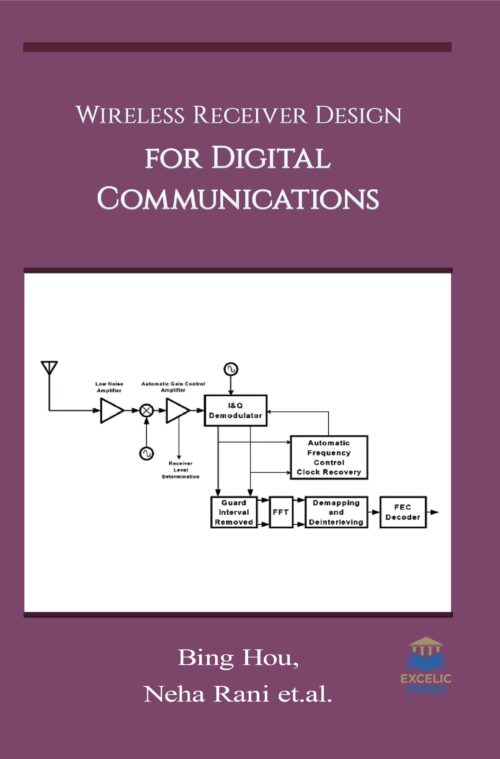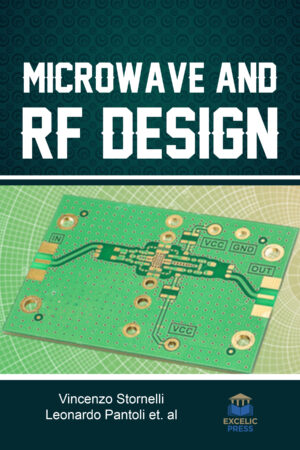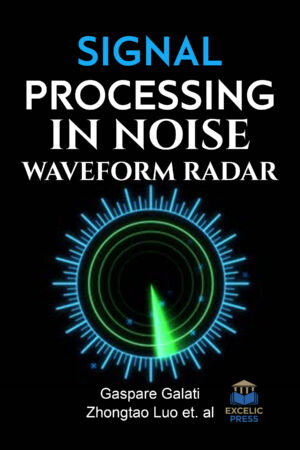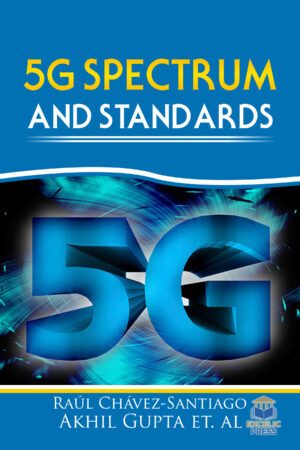Description
Telecommunication has become an essential part of our daily lives and has been remarking broadly to the advancement in a variety of fields. One of the emerging modes is Wireless broadband technology which transmits multiplexed information on a wide band of frequencies. The operation of Wireless broadband services is done by weighing the geographical population density against the bandwidth limitation.
The ways people and devices connect to the Internet have changed significantly in recent years. Numerous highly capable wireless networking technologies have been developed and widely deployed. Today’s commercial wireless communications landscape is fueling a revolution in the way people access and share information as the “wireless Internet” continues to take form With all that said, however, there has been a growing trend over the past 25 years for the increasing use of commercial technologies, techniques, and equipment to solve problems in the wireless communications domain. Physical limitations on wireless communication channels impose huge challenges to reliable communication. Bandwidth limitations, propagation loss, noise and interference make the wireless channel a narrow pipe that does not readily accommodate rapid flow of data. Thus, researches aim to design systems that are suitable to operate in such channels, in order to have high performance quality of service. Also, the mobility of the communication systems requires further investigations to reduce the complexity and the power consumption of the receiver.
Wireless Receiver Design for Digital Communications aims to provide highlights of the current research in the field of wireless communications. It details all major components related to receiver design, including cascade interaction, and provides excellent introductions and technical background on basic as well as advanced component characteristics. It focuses on the history, tools, standards and implementation of Wi-Fi networks. However the main purpose of this book is to understand the various problems associated with the implementation of these WLANs and propose recommendation and measures to solve these problems and mitigate potential risk factors.
This book will appeal to students, practitioners as well as researchers dealing with wireless design in electrical engineering.





